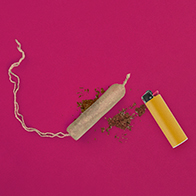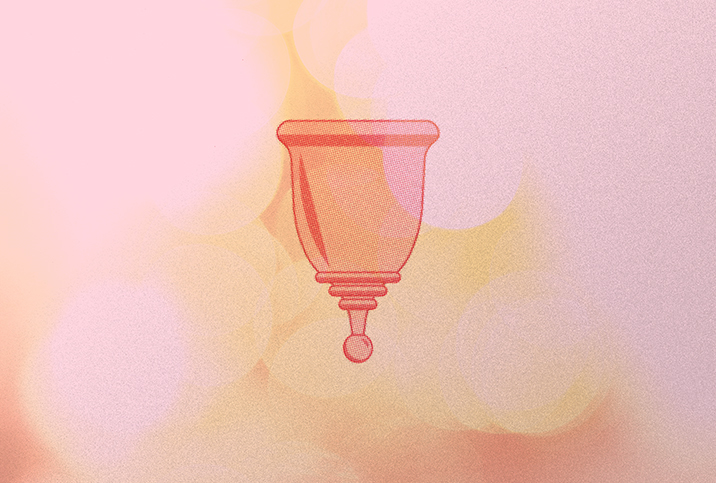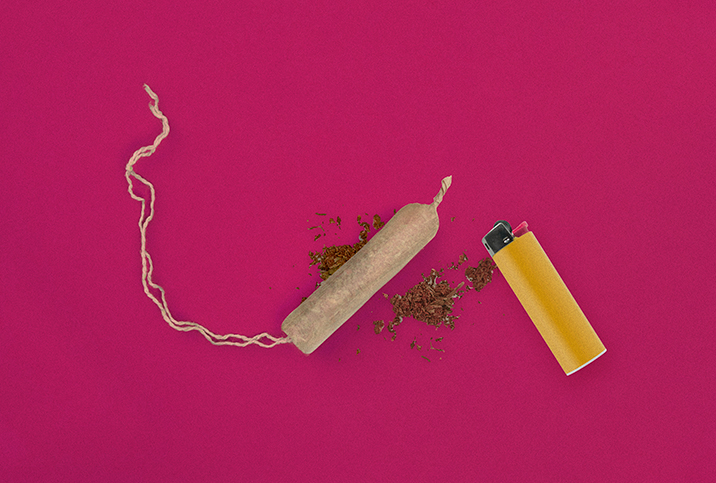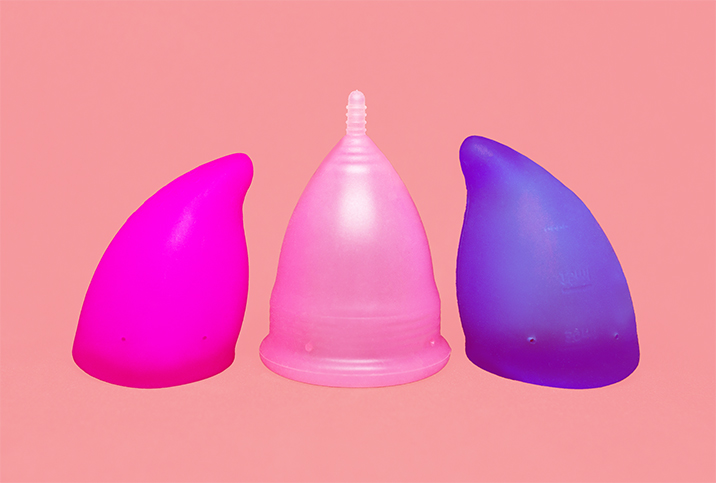No, Menstrual Cups Probably Won't Make Your Cramps Better
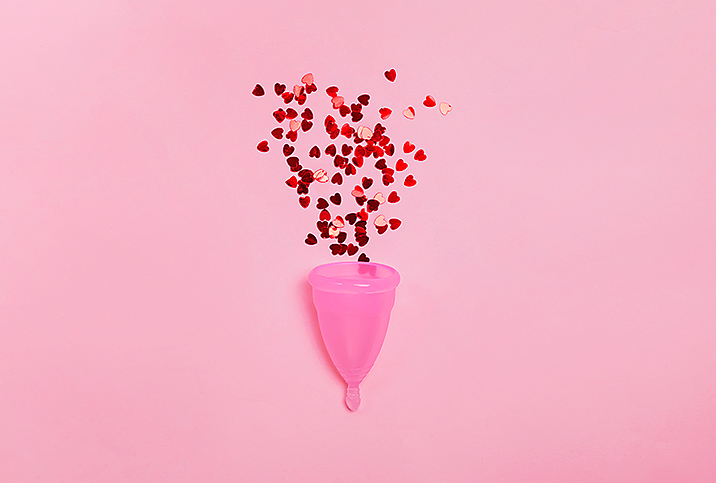
Menstrual cups have recently risen in popularity as an alternative to other disposable period products. Some women have reported that using a menstrual cup has a positive impact on their menstrual cramps. You can find many posts online about women experiencing less cramping and lighter periods after switching to the cup.
While there is little official research on the matter, Intimina conducted a study of 1,500 women and found that 36 percent of those surveyed reported they experienced a reduction in cramps after switching to the cup.
However, despite the claims, there isn't any science to explain the phenomenon. According to Sherry Ross, M.D., OB-GYN, who is the author of "she-ology" and goes by Dr. Sherry, the correlation is more coincidental than scientific. "There are no clinical studies showing the menstrual cup helps alleviate cramps," she said. "Since the menstrual cup can stay in longer than tampons, women may be less aware of their cramps and other period annoyances."
Period cramping is caused when prostaglandins, a group of lipids that help control blood flow, signal for the uterus lining to contract and shed.
Menstrual cups don't affect the uterus, so scientifically there is little reason to suspect they would help alleviate painful period symptoms. Period cramping, also known as dysmenorrhea, is caused when prostaglandins, a group of lipids that help control blood flow, signal for the uterus lining to contract and shed. Higher levels of prostaglandin are associated with more painful cramps.
Dr. Sherry acknowledged, "Even though there are no clinical studies showing the menstrual cup helps with period cramps, many women say it does alleviate them."
The pros and cons of menstrual cups
Although women shouldn't expect that using a menstrual cup will alleviate their period pains, there are still advantages to using the cup. "For those who swear by it, the menstrual cup can be life-changing, with so many known benefits," Dr. Sherry said. Menstrual cups can be left inside the vagina for longer than tampons, and they are environmentally friendly and more affordable, among other benefits.
These benefits have led many women to completely switch to using the cup as their period product of choice. Agathe Robert St Denis, a 23-year-old woman from Montreal, has been using a menstrual cup for more than two years and is happy with her experience.
"It's so much easier!" she said. "I can wear it 12 hours without having to worry about toxic shock syndrome or having the cup overflow."
Unlike the reports from other women, Robert St Denis experienced worse cramping after her first time using a menstrual cup. She explained that she expected this because it was described in the manual that came with her cup.
"Sometimes I still get cramps when I'm in the peak of my period. I would normally have cramps anyway and they never last too long," she said.
Some women also report other pains from using a menstrual cup, such as abdominal and cervical pain. According to information on the DivaCup website, there are factors to consider before getting a cup to help limit this discomfort. These include cup softness, stem size and shape. Knowing your cervix height can also help you get a cup that fits better with your body.
Using a menstrual cup isn't always peachy. "It's important to know what women don't love about the menstrual cup," said Dr. Sherry, listing common annoyances, such as the challenges of inserting and removing the cup and finding the right fit.
Robert St Denis recalled the first time she took her cup out as scary because she wasn't used to it. "It can be very messy to empty the cup out, especially if you don't have a sink handy (like in a public washroom), but that's easy to avoid because you can wear the cup for 12 hours," she said. "I paid $30 for mine and I'm still using the same one. I think it's a really good long-term investment!"
Do what works for you
While the consensus on whether menstrual cups can help or hurt period cramps is up in the air, it may be worth a try. People with periods experience a wide range of symptoms and pain, and what works for one person may not work for another. Just be sure you get the correct fit so your menstrual pains aren't exacerbated by the discomfort of the wrong cup.







